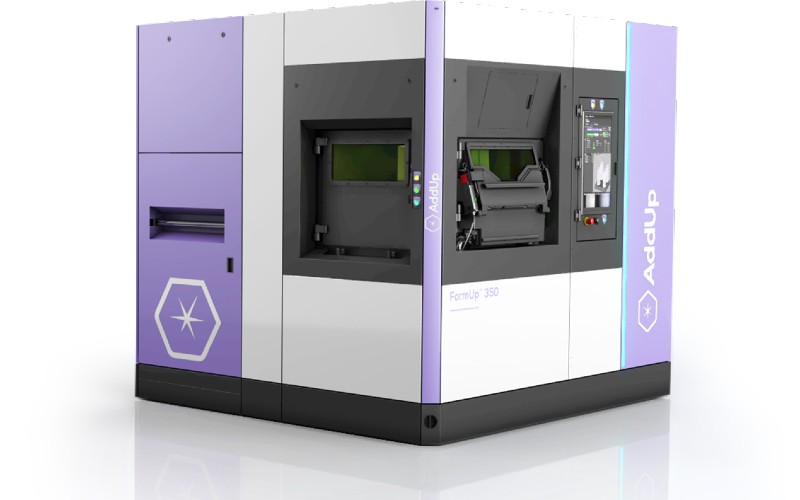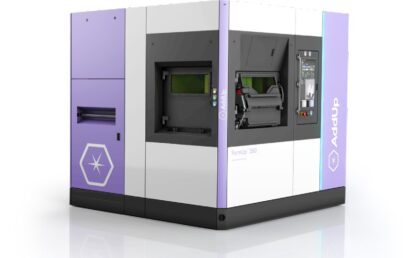If your company is producing metal parts, you already know how important 3D printing machines have become. However, most people don’t know that it is possible to print with metal today, partly because plastic 3D printing took most of the publicity. In this article, you will understand why this technology has changed the industry and will continue to rule in the years to come.
Important savings on time and cost
There are only two things that matter in the industry: Time and cost. If something takes too long to be built, it will naturally affect the cost. And if the cost is too high, then no matter how great the technology is, it will be difficult to make it grow. In the case of metal 3D printing machines, they manage to reduce the time it takes to build the part, and they do it (in most processes) at a lesser cost. You can find more information on the various machines at Addup Solutions.
Before the 3D printing machines were created, building a new part was extremely time consuming and expensive, even just to create a first sample. Moulding was necessary, and if changes were needed, once you received the part, then you would have had to redo the whole process all over again, paying a full new invoice for it, as well. Now, thanks to this technology, you can prepare as many samples as you want, directly from the machines. If something is wrong on the initial plan, you just have to correct the design that you will insert into the computer, and you can start on the next sample right away.
Cost is lowered immediately, thanks to the fact that there is no middle work that is needed, in between the plan and the production. All costs of modeling are gone, as full production can start as soon as the plan of the part is approved. Before this process came along, minimum pieces were needed to be ordered by clients, before production could start. Nowadays, if a client only wants one piece, it doesn’t change a lot, from producing one hundred. The only extra time necessary will be the uploading of the plan inside the machine.
Creating complex parts
The way parts were created before, did not always allow for the complexity that was needed. And so, companies had to call upon more costly production process providers, when their part needed extreme precision. This is particularly true of the complexity in geometry of parts. But with 3D printing machines, this problem doesn’t exist anymore.
There are seven different types of 3D metal printing machines. They are defined, in part, by the energy source that they use, in order to melt the metal and attach it to the part. Some of them possess a higher level of precision than others, which is why it is important to inquire first, if the work requires precision. But there is no doubt that you will find solutions to create anything that you desire, through this technology, at a better cost and in much less time.


